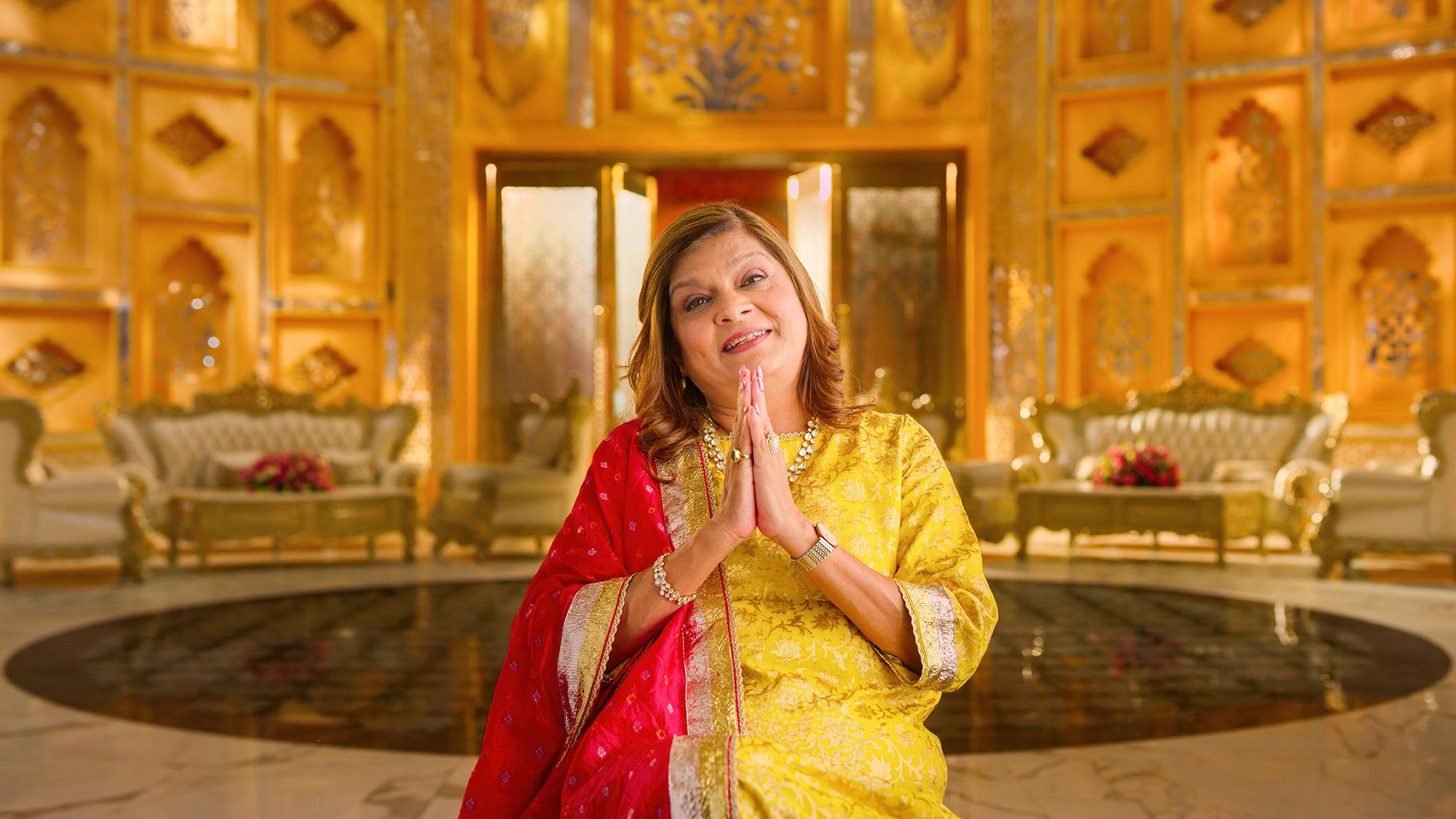On Indian Matchmaking and generational differences
I just finished watching season 3 of Indian Matchmaking, the reality TV show that’s seemingly more popular in the US than in India.
I’m usually not into reality shows, so after watching 24 episodes across 3 seasons, I needed to understand why. What was it about this particular show that had broken through and captured my attention?
The obvious guess is, well, that I’m Indian. But that would be a lazy, incomplete answer. There are hundreds of other Indian reality shows, but I’ve never watched or been interested in any of them.
Indian Matchmaking strikes a chord at a deeper level for me.

The idea of arranged marriages may seem foreign to most Americans, but I grew up in a culture where they were the norm. My parents and practically everyone their age were introduced through an informal matchmaking process. Marriages were considered unions between families, rather than just individuals. People from different faiths and ethnicities rarely married each other. It was common for the bride and groom-to-be to meet just a handful of times before marriage, if at all.
But just as I was coming of age, cultural norms in India were shifting rapidly, particularly in the larger cities. Arranged marriages went from being the default option to something most young Indians, including myself, considered backward and old-fashioned. As exposure to Western values and lifestyles grew, dating and relationships before marriage became normal, acceptable, and even desirable. That said, it wasn’t something most of us talked about openly with our parents. The inter-generational cultural gap was still too big.
Throughout my teenage years and early adulthood, I was at odds with my parents and their socially conservative perspectives on every major issue. None more so than the topic of dating and marriage. It took me nearly five years to tell my parents that I was in a serious relationship. Why? Although they never explicitly stated it, there was an unspoken expectation that I would eventually marry someone who shared our ethnicity and community, preferably someone of their choosing. And yet, here I was dating Aleesha, who, despite being from the same city, grew up with significantly different cultural and social values. Revealing this to my parents felt like a form of blasphemy.
Then something amazing happened: after a few challenging and uncomfortable conversations, they changed their minds. They met Aleesha and realized that ethnicity and religion have very little to do with how good a person is. They also witnessed challenges in traditional marriage setups and recognized that these factors have an even smaller role in the success of modern marriages.
The entire experience transformed my relationship with my parents. They updated their long-held worldview, which was a big deal for me. After feeling like we were on totally different pages for years, I felt hopeful and encouraged. It allowed me to connect with them in a way I never had before. I became less dismissive of them and more willing to understand their ideas and the reasons behind them. While we still disagree on many things, we learn a lot from each other.
Indian Matchmaking touches on similar themes that resonate with my experience. It depicts the coexistence between the old and the new, traditional and modern, conservative and progressive, and how these differences can create surprising outcomes.
Sima Aunty, the matchmaker, combines aspects of Indian arranged marriages with modern dating rituals to bring people together in a kind of arranged-love marriage. This concept seemed absurd to me just a few years ago. But after observing how it can benefit even progressive-minded individuals, I’ve revised my views to be more nuanced. Just like my parents did on inter-ethnic love marriages.
Will I watch season 4? Probably.